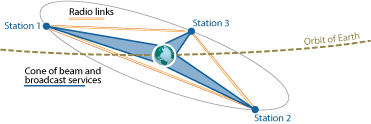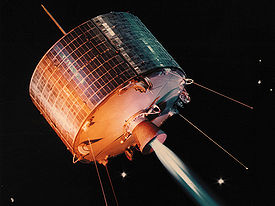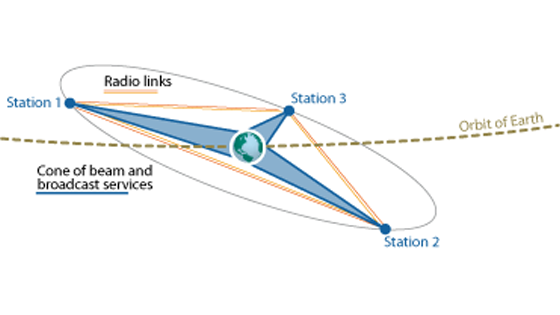
For his work on the idea of geostationary satellites and his contributions to the field of satellite communication, Arthur C. Clarke is well known. These are fixed-position satellites that orbit the Earth at an altitude of roughly 36,000 kilometers (22,000 miles) and at a fixed distance from the surface. They can therefore broadcast signals to and from any position on the Earth’s surface, which makes them perfect for communication.

In a series of articles that appeared in the magazine “Wireless World” at the beginning of the 1950s, Clarke proposed the concept of employing geostationary satellites for communication. He asserted that it would be able to transmit and receive signals to and from any location on the Earth’s surface by positioning a satellite in a geostationary orbit. This would enable the development of a global communication network that might be applied to the transmission of data as well as television, telephone, and other services.
Initially, many people were skeptical of Clarke’s theories because they thought it would be difficult to put a satellite into orbit and maintain it there. However, Clarke’s research encouraged others to continue working on satellite communication, and Syncom 3, the first geostationary satellite was placed into orbit in 1965. This signaled the advent of satellite communication in the modern era and the realization of Clarke’s dream.

Satellite communication has permeated every aspect of modern life since Syncom 3’s deployment. Broadcasting of television and radio, communication through the phone and the internet, GPS navigation, and weather forecasting are just a few uses for satellites. In locations where terrestrial infrastructure has been damaged or destroyed, they have provided a dependable method of communication, playing a critical role in disaster response and humanitarian activities.
In addition to continuing to develop and get better, satellite communication has had a significant impact on the world. Over 2,000 active satellites are now in orbit, and new technologies are constantly being developed to increase the effectiveness and accessibility of satellite communication. The society we live in today was shaped by Clarke’s theories and contributions to the area, and the advancement of satellite communication is only one example of how his influence is still felt today.
